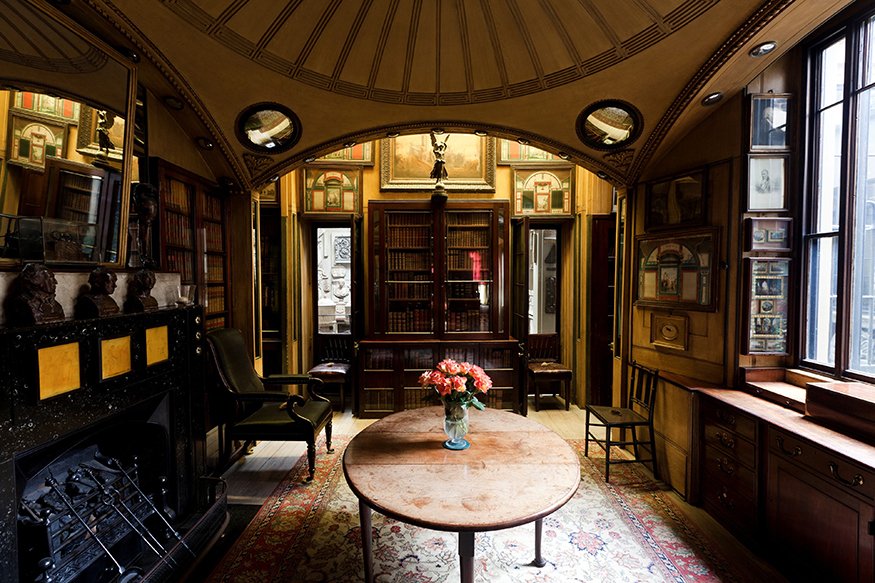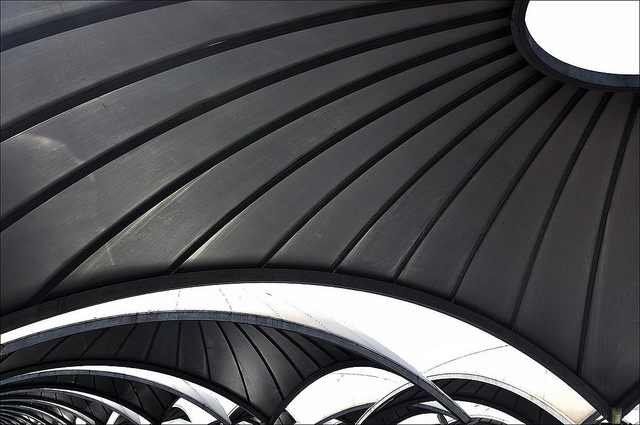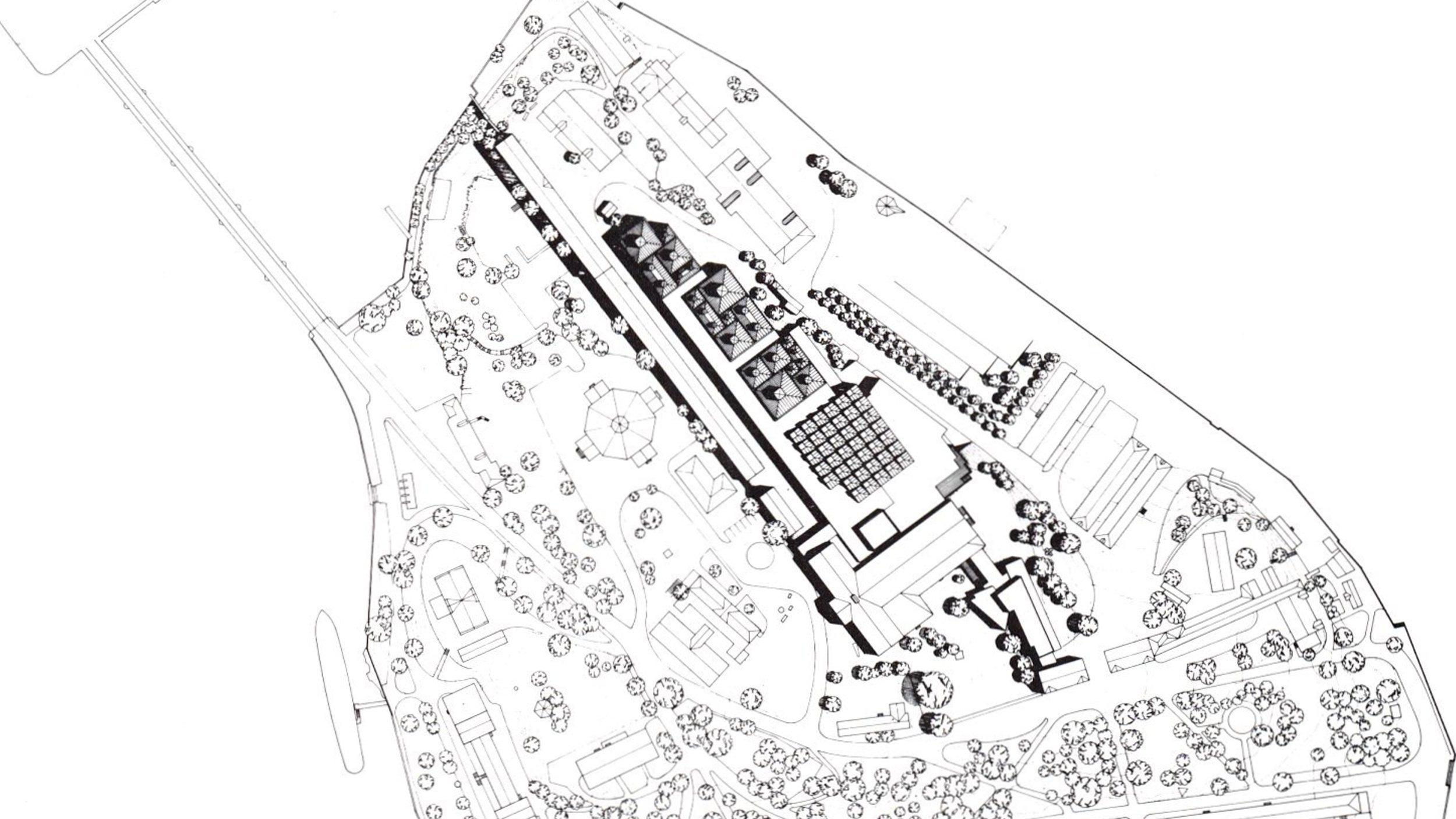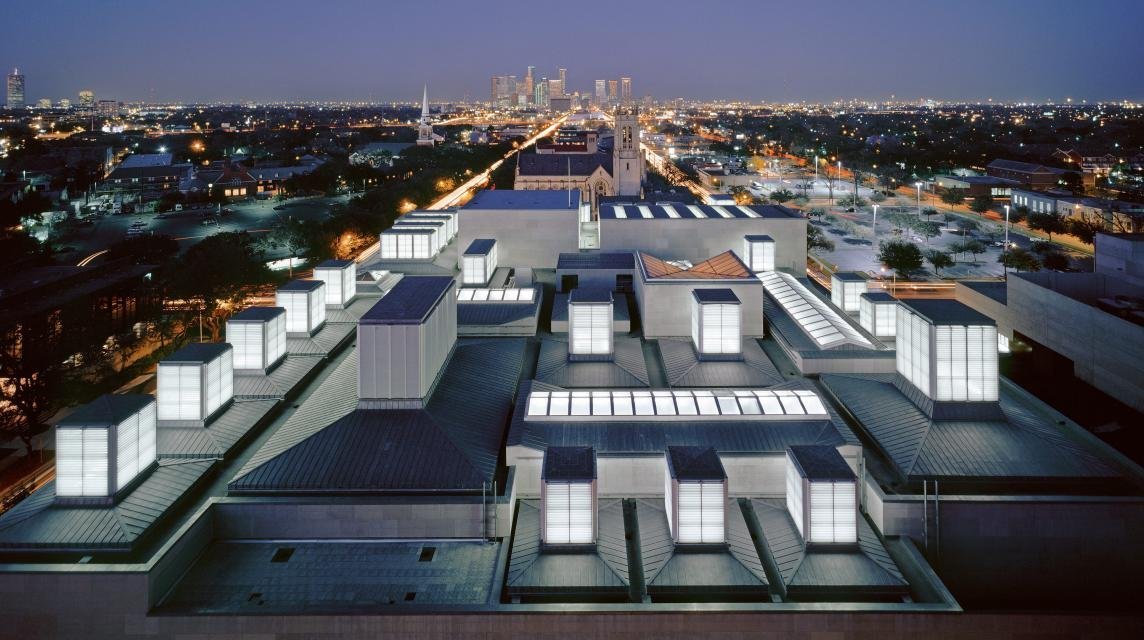……..language works in a combinatorial way relying on repeatable elements………While there are many and varied motivations behind an artist's repetitions (the correct value-neutral nineteenth-century term for this practice), an explanatory wall label in the opening gallery of Déjà Vu lists the three main reasons for this practice: the artist's desire for a wider distribution of images, the emerging culture of the commercial art gallery, and the artistic process itself, in which one rendition does not necessarily exhaust the potential of the motif. While true as far as it goes, this explanation preserves modernism's fixation on the purity of the artistic process, since here the only locus of economic factors is identified as the dealer, not the artist. One wonders where this would leave centuries of artists like Titian and Rubens, who worked before commercial art galleries but who nonetheless repeated their most sought-after compositions for a variety of patrons……….
……………..copies compel us to think about the dialectics between difference and similarity..........imply several points of tension: between essence and appearance, the particular and the universal, the unique and the many, the original and the replica, the authentic and the fake/spurious, sameness and difference, production and reproduction..……..
…………..repetitions created during the artistic process itself, in which one rendition does not necessarily exhaust the potential of the motif………….Repetition in this sense is not a choice: in modernity, it has become a necessity for the activation of meaning and value. It provides the possibility of evaluation and thus, a means of validation, not in terms of distance from a prior original, but in terms of its very perception…………..
……………..the head neither develops or evolves, instead it varies…………gehry is constantly mining in his own work to discover something new. He is constantly elaborating and reinterpreting his previous models. There is a constant process of recycling and transformation. It is a kind of self-referentiality…….
………..The procedure involves changing the scale of multiple models, which are built and altered simultaneously, effectively stimulating the progression of the design process………by working on models in two or three scales at the same time, Gehry seeks to avoid their power. She refers to his observation that ‘if you focus on one scale, you become enamoured of the object in front of you, and [the model] becomes an end instead of a process’…………..This tendency is similar to Gehry’s different kind of drawing and shows the architect’s understanding of the visual preconceptions embedded in representational aspects of architectural models and drawings……………….Gehry attempts to deconstruct the representational aspects of architectural drawings or models no matter how provisional, abstract, or vague they are……….by using cognitive gaps and redefining the dependence of these means of architectural design practice on an architect’s inclinations. He combines drawing and model-building into a close, cognitive exchange. Observed and tested by Gehry and his design partners as generative, this exchange provides new information and stimulates architectural re-interpretation…………..Gehry’s merging of different means of representation and interprets them as explicit design actions or strategies that can potentially cause ambiguity in the perception of his work due to their specific procedures and their embodiment into buildings.
...............cómo se convierte en original una copia, y hasta qué punto su doble es capaz de reemplazar al objeto original?……………las obras conocidas bajo el epígrafe de “manieristas”, una palabra que esconde más las angustias y dudas de los historiadores del siglo XX ante el proyecto de invención de una antiqua novitas que las certezas de dicho periodo. Sin ir más lejos, el consenso unánime que sitúa el inicio del Renacimiento pleno con la llegada de Donato Bramante a Roma en 1500 y la posterior construcción del tempietto como manifiesto de esa nueva instauratio, se trastocaría en el momento en que la obra “original” de Bramante se enfrentase a la imaginación de la ruina como “réplica” gracias a los dibujos de Giuliano da Sangallo, su gran rival esos mismos años. ¿Qué fue primero, la invención de Bramante o la copia de Sangallo? ……………..otro tipo de réplicas que no consiguen escapar a los mecanismos de generación de la forma. Una extraña y siniestra simultaneidad entre la “copia” y su “invención”..............El doble no es entendido como algo distante sino como una presencia continua durante el trabajo”. El doble no es otra cosa que la sombra del pasado sobre el proceso de diseño.......los modelos originales y sus réplicas se presentan siempre en una molesta simultaneidad, de cuya interdependencia surge esa antiqua novitas como obra añadida......continua kubler: “Considerada estrictamente, una forma-tipo solo existe como idea. Se manifiesta incompleta en los objetos originales o cosas de gran poder generador: en la categoría del Partenón, en las estatuas de la portada de Reims o en los frescos de Rafael en el Vaticano. […] Sin embargo, estos tres son ejemplos muy especiales que constituyen momentos culminantes. Este tipo de momentos ocurre cuando las combinaciones y permutaciones de un juego están todas a la vista para el artista, cuando ha transcurrido el tiempo suficiente para que le sea posible contemplar toda su potencialidad, antes de que se vea obligado, al agotarse las posibilidades, a adoptar cualquiera de las posiciones finales del juego.......como significar la diferencia ante la repetición, la originalidad ante la copia, el valor que obtiene un intento cualquiera, uno entre miles, escogido desde la libertad con la que se cuenta cuando se toman decisiones ante las dudas?
………….Change from an origin type falls into two categories: variation, in which transformations wander only so far off the trail, and deviation, in which a radical shift occurs so extreme that the initial type is no longer recognizable, save perhaps for a few qualities. Moneo proposes a few transformational strategies for the distortion of a type, they include: scalar change, superimposition or hybridization of types, or “formal quotation” of a type in a new context………..Through these operations, Moneo, suggests a set of mechanisms by which a type may be modified, and, importantly, transformed so radically as to move outside the bounds of its own type, thereby inventing a new type. In comparing architecture to biology, they are those mutations of a species so extreme as to no longer exist within the species of origin, instead becoming monstrous…………..Upon a close reading, it would seem that these techniques are intentionally employed errors. As easily as one might describe these as experiments in typological invention, another would render them as gaffes, blunders, and miscalculations. This helps for recognizing when an error has occurred, provides a few recommendations of how to implement error, and suggests that while variation leans toward innovation, error-making more potently offers opportunities for invention…………
lantern of the mausoleum at Soane’s Dulwich Picture Gallery, London


































































![Pages+from+Tectónica+08+-+Inclinadas+[cubiertas+II]-6.jpg](https://images.squarespace-cdn.com/content/v1/522d0844e4b09d456b0a2ea6/1745598794004-YGQI4QS93OTETHLW2TSR/Pages%2Bfrom%2BTect%C3%B3nica%2B08%2B-%2BInclinadas%2B%5Bcubiertas%2BII%5D-6.jpg)




![Pages+from+Tectónica+08+-+Inclinadas+[cubiertas+II]-2.jpg](https://images.squarespace-cdn.com/content/v1/522d0844e4b09d456b0a2ea6/1745598793420-00X3J1XDQML1GFRFSXF3/Pages%2Bfrom%2BTect%C3%B3nica%2B08%2B-%2BInclinadas%2B%5Bcubiertas%2BII%5D-2.jpg)












